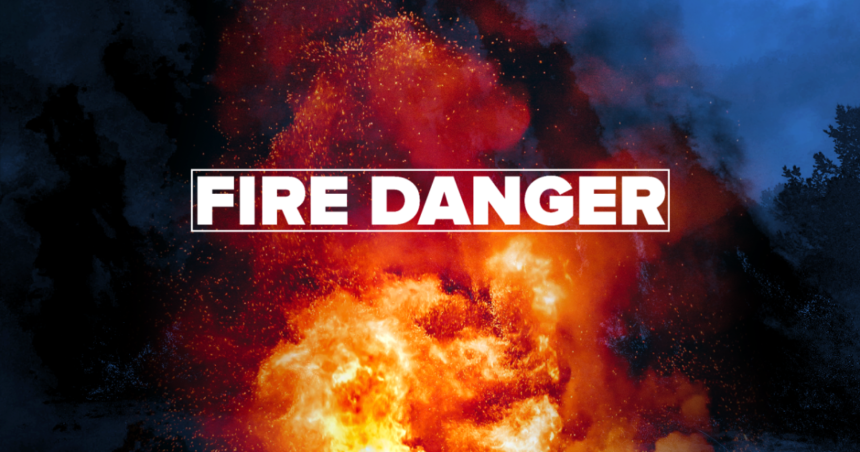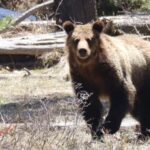GREAT FALLS — Montana, renowned for its vast wilderness and majestic mountains, is also highly susceptible to wildfires. As we enter the peak of fire season, understanding how to prevent and manage wildfires is crucial.
Fire-Adapted Landscapes
“Montana is a fire-adapted landscape,” explains U.S. Forest Service Fire Lookout Samsara Duffey. “Many plants and trees here require fire for healthy growth and reproduction.” However, predicting the severity of the fire season is challenging. “It’s a trite answer, but when asked about the fire season, the typical firefighter response is, ‘Ask me in October’.”
Weather Patterns and Fire Risk
“In the Northeastern Land Office, around Lewistown, we’ve received a normal amount of precipitation so far. But come July, it’s like the faucet shuts off, and we don’t get the rain we need,” noted Katherine Sears with the Montana Department of Natural Resources and Conservation (DNRC).
Duffey adds, “The timing of spring rains significantly impacts vegetation. These rains help plants grow and get absorbed into trees, reducing their flammability.”
Human-Caused Fires
While many wildfires are natural, human-caused fires result in preventable destruction. After a recent May snowstorm in the Little Belt Mountains, many trees were downed, increasing the risk of fire. “There’s a lot of downed trees, which can lead to ladder fuels,” says Sears.
Duffey emphasizes fire prevention tips, “As Smokey says, only you can prevent wildfires. Ensure your campfire is out, don’t drag chains, and don’t flick cigarettes.”
Reporting and Preventing Fires
It’s essential to be vigilant and report signs of fire. However, nature can sometimes play tricks.
“There’s a weather phenomenon called a ‘water dog,’ where a cloud resembling smoke appears after a light rain,” Duffey shared.
Sears highlighted the role of the DNRC in fire prevention, “Depending on where you live, your land office can conduct a home assessment to help make your property more resilient to wildfire.”
As we navigate the fire season, awareness and preparedness are key. By understanding the natural and human factors contributing to wildfires, and taking proactive steps, we can help protect Montana’s beautiful landscapes and communities.
Below are some resources to help you understand wildfires — how big they are, where they are, and more.
MT Fire Info: An official state website that features a clickable map and information about current wildfires burning in Montana, fire restrictions, smoke and air quality, and preparedness.
Inciweb: A federal website that highlights large wildfires burning across the country. Information for each listed fire includes the latest information, maps, and usually photos and/or videos.
Smoke Forecasts: The Montana Department of Environmental Quality maintains this website to provide details about wildfire smoke and its effects; it also includes data about wildfire smoke that blows into Montana from other areas, including the western U.S. and Canada.
Below is information about common terms used for describing wildfires.
(List of wildfire terminology definitions…)





